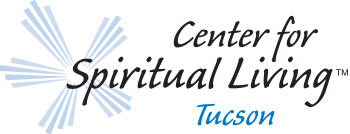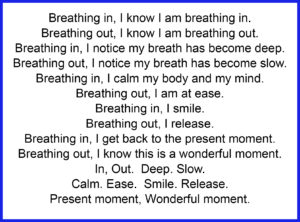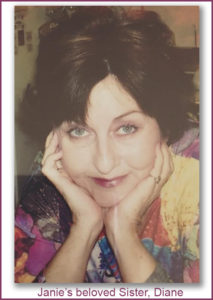Making The World A Better Place
No matter what our emotional storm, or what our objective situation, may be, there is always a something hidden in the inner being that has never been violated. We may stumble, but always there is that Eternal Voice, forever whispering within our ear, that thing which causes the eternal quest, that thing which forever sings and sings.
— Ernest Holmes, The Science of Mind, 33.3
I recently had the joy of reconnecting with my stepson, Mitch, who is the Prosecuting District Attorney of the big island of Hawaii. We had not seen one another for many years, and I was curious if the nature of his job had changed him into a more negative-thinking man. I was relieved to find him the same Mitch Roth, smart, funny, and optimistic. He shared with me some of the policies and procedures he has put in place to help the people of his county. His philosophy is, “If there is a problem, look behind it to see what is causing it. Create the solution there; do not rely on punishment to fix every situation.”
Several years ago there was a serious crime problem in the parking lots of popular tourist attractions in Hawaii. Young people found opportunities to break into cars and steal valuables when they spotted tourists heading for hiking trails to view waterfalls, lava tubes, or rain forests. Mitch met with a group of older Hawaiian women who were weavers, creating beautiful birds, animals, baskets, and other items to sell to the eager tourists. Mitch asked them to do their weaving in the parking lots where they could also they could monitor the tourists’ cars. When the tourists returned, the women would warmly greet them and display their work. The grateful tourists thanked them, purchasing many of the items they had for sell. Understandably, crime in those parking lots plummeted.
Noting an increase in juvenile delinquency in school-age students, Mitch visited a school that seemed to be a risk epicenter. He asked the school’s administration to hang a picture of each student in the school. He then asked the entire staff, teachers, janitors, support staff, and administrators, to put a star on the picture of any student with whom they had a positive connection, no matter how small or seemingly insignificant. Many of the students had many stars on their pictures; some had a few; and some had no stars at all. Not surprisingly, the children without positive connections were the ones who had been most challenging.The staff made a huge effort to connect with the seemingly troubled students, and to no one’s surprise, the incidents of crime went down dramatically. Mitch told me, ”Those kids got no positive feedback anywhere in their lives. When they started getting positive attention, they behaved in a more positive way.”
In May 2018, Kilauea Volcano erupted, burying villages, towns, farms, and roads with lava. Mitch formed an interfaith group to aid the over 1700 evacuees on the island. The group consists of a Jewish Rabbi, an Episcopalian Priest, a conservative Protestant minister, a Buddhist monk, a Muslim Imam, and Mitch. They provided over 60,000 hot meals following the earliest days of the eruption, created a daycare for the displaced children, and helped create carpools to get people back and forth to work. They provided necessities, including laundry facilities, for the people who had lost everything. After the eruption crisis was over, the group decided to stay connected. They meet monthly and to their surprise and delight, they have come to realize how similar their worldviews, and belief systems, are. Instead of spreading discord from their differences, they have created cohesiveness through their discovery of how much they desire the same good. What an example for the rest of us.
–Pat Masters







